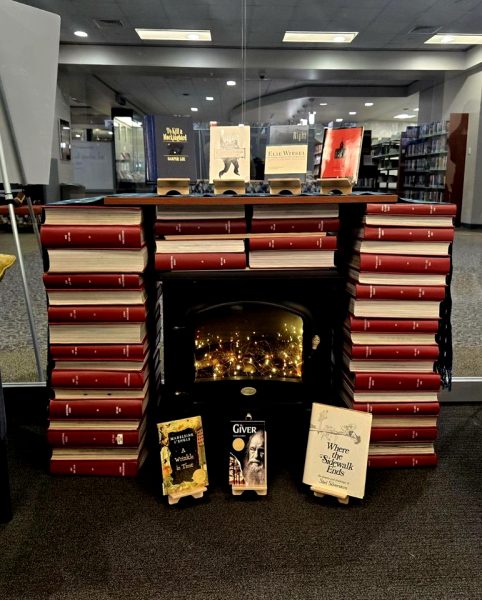ROTC: It’s more than muscle power
By: Kayla Ebner / Photo Editor
Challenge… Commitment… Collaboration… And that’s just getting to class! After spending an hour in the car, passing over two bridges, and a toll booth, I arrived at URI for the ROTC’s weekly class. Walking into the classroom, I am immediately surrounded by a number of cadets in uniform. This particular class was focused on risk management, which is the army’s process for helping organizations and individuals make informed decisions to reduce or offset risk. The point is to increase operational effectiveness and success of mission accomplishments. Unlike a typical college classroom, there are no awkward silences when the cadets were asked a question by their Lieutenant Colonel, Michael Loftus. The cadets were engaged in the class discussion and responded to the questions with well-thought out, intelligent answers.The class also did a group activity where they were given a real-life scenario in which they had to conduct a patrol in a city that contained known enemy elements. They had to plan out what they would do in order to safely execute their mission, eliminating any unnecessary risks. They identified the hazards, citizens, small arms fire, and other elements, and came up with a safe plan.
As if all this wasn’t enough, the cadets also participate in a series of very challenging events throughout the course of the year. Just a few weeks ago, the group participated in The Crucible at a National Guard Base in Stone Ranch, Connecticut. This event included a 12-mile ruck march, which is walking at a fast pace over rugged terrain with a 35 pound backpack. After that, the cadets ran a mission with paintball guns to capture “stolen equipment”–which happened to be 45 pound plates that the group had to drag with them on sleds. This task was especially difficult because the group had to go against a force that had as many capabilities as they did. The other platoons or groups knew how the cadets were going to act because they were trained the same way.
One of the most important events, if not the single most important event, is the Cadet Leadership Course held in Fort Knox, Kentucky. This event is for the senior class cadets and is the U.S. Army’s largest training exercise. The purpose of the course is to train U.S. Army ROTC Cadets to Army standards, to develop their leadership skills, and to evaluate their officer potential. The month-long course begins with a personal physical fitness test to ensure each person is healthy enough to complete the tasks. The CLC has both written and physical tests, each event training personal leadership, fitness, and teamwork. After the CLC, each individual cadet is graded up against all other cadets across the country. Lieutenant Colonel Michael Loftus provides his input about each of the cadets for a small percentage of their overall grade.
A cadet’s GPA, recommendations, physical training score, performance at Fort Knox, extracurriculars, and more, all play a role in how an individual is graded, and determines if he or she gets the branch they desire. If a person is in the top 10th percentile of cadets nationwide, they get their first branch choice.
“Officers must be well rounded individuals,” said Loftus.





